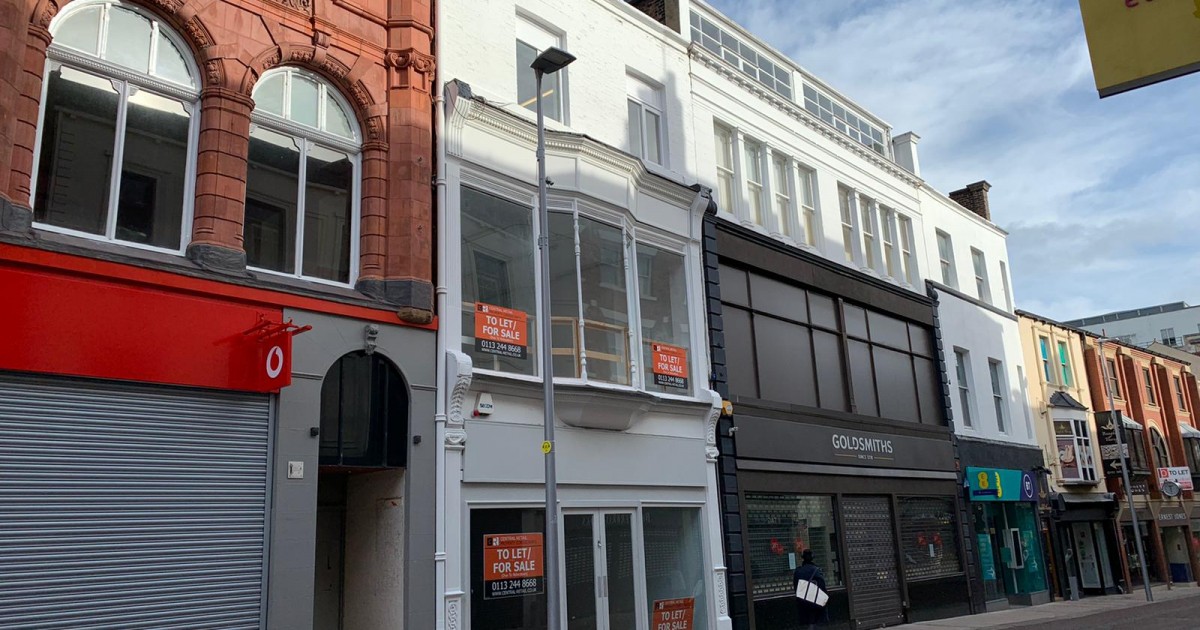Within the current rapidly changing retail space, keeping a inviting store environment is crucial for attracting and retaining customers. Retail renovation is not just a cosmetic upgrade; it is a deliberate approach to revitalizing your area, improving customer interactions, and syncing your store's design with current market trends. Whether you're aiming to completely transform your configuration or just alter your decor elements, comprehending the significance of illumination and its influence on retail refurbishment planning can result in all the distinction.
Light plays a crucial role in shaping the atmosphere of your retail space, shaping how customers see your business and products. From highlighting merchandise to creating a inviting atmosphere, effective lighting design can significantly enhance the overall shopping journey. In this write-up, we will explore the different aspects of retail renovation, including the benefits it provides to your business and revenue, the indicators indicating that it's time for an overhaul, and key factors for including light into your improvement plan. Dive in to learn how a considerate approach to refurbishment can revitalize your store and help you achieve your business goals.
Understanding Commercial Refurbishment
Retail refurbishment refers to the process of refreshing and revitalizing a commercial area to cater to evolving customer demands and trends. This can involve a range of upgrades, from aesthetic updates like updated paint and design elements to major modifications. The goal is to build an engaging environment for customers while matching the store’s design with its brand identity. Retail refurbishment is not just about aesthetics; it’s a calculated decision to boost customer interactions and build brand loyalty.

One of the main motivations stores undergo refurbishment is to revive their brand image and keep pace in a fast-evolving market. As customer behaviors evolve, businesses must modify their physical spaces to mirror evolving shopping practices and expectations. A thoughtfully executed refurbishment can yield higher foot traffic, improved customer engagement, and in the end a boost in sales. It's an chance for brands to reassess their messaging and display, ensuring that they align with their consumer base.
Recognizing when to refurbish is vital for retailers. Signs that a store may need an refurbishment include decreasing sales, customer feedback indicating dissatisfaction with the shopping experience, or simply the deterioration that builds up over time. By identifying these indicators, businesses can schedule a refurbishment that not only reinvigorates their environment but also matches with long-term aspirations for growth and longevity in an always shifting retail ecosystem.
The Impact of Layout and Lighting
Successful retail refurbishment depends significantly on the design and lighting of the space. A well-thought-out design can improve product visibility and create a seamless flow for customers. By strategically placing displays and ensuring that pathways are fluid, retailers can guide shoppers effortlessly through the store, motivating them to explore more. This enhanced accessibility not only improves the shopping experience but also creates increased sales opportunities.
Illumination plays a vital role in creating the desired ambiance and highlighting key areas within the store. The appropriate lighting can elevate the visual appeal of merchandise, making products more attractive to customers. For instance, highlight lighting can draw attention to new arrivals or promotional items, while gentler, ambient lighting can create a inviting atmosphere. The balance between functional and aesthetic illumination is essential to ensure that the store feels inviting while providing enough light for shoppers to browse easily.
In addition, design elements such as color palettes and materials can work in harmony with lighting to strengthen brand identity. Aligning these aspects can create a unified look that resonates with the customer base. Hues can evoke certain emotions and influence purchasing behavior, while innovative materials and finishes can help position the brand as modern and forward-thinking. By prioritizing thoughtful design and effective illumination, retailers can significantly improve the overall shopping experience during and after the refurbishment process.
Financial Planning and Sustainability in Renovation
When planning a retail refurbishment, balancing costs and sustainability is crucial. webpage face the challenge of creating a modern, attractive storefront while following cost constraints. It is important to establish a feasible budget that includes not only the aesthetic upgrades but also the incorporation of sustainable practices. By identifying key areas for spending, such as energy-efficient lighting and eco-friendly materials, businesses can create a durable impact without overspending.
Sustainability can greatly reduce long-term operational costs, making it a financially savvy choice. Investing in energy-efficient appliances and systems can result in decreased utility bills, while using sustainable materials can also boost the store's appeal to environmentally conscious consumers. Furthermore, many green products are durable and low-maintenance, which can reduce replacement costs over time. Retailers should look into incentives and rebates from local governments related to sustainable renovations, as these can help with offsetting initial costs.
Incorporating sustainability into refurbishment planning not only aligns with evolving consumer values but also strengthens brand identity. Retail spaces that prioritize eco-friendly practices are likely to attract a broader customer base, fostering loyalty and enhancing overall shopping experiences. Ultimately, achieving a rejuvenated store environment while adhering to a budget requires thoughtful consideration of sustainable options that underpin both financial sustainability and brand integrity.
